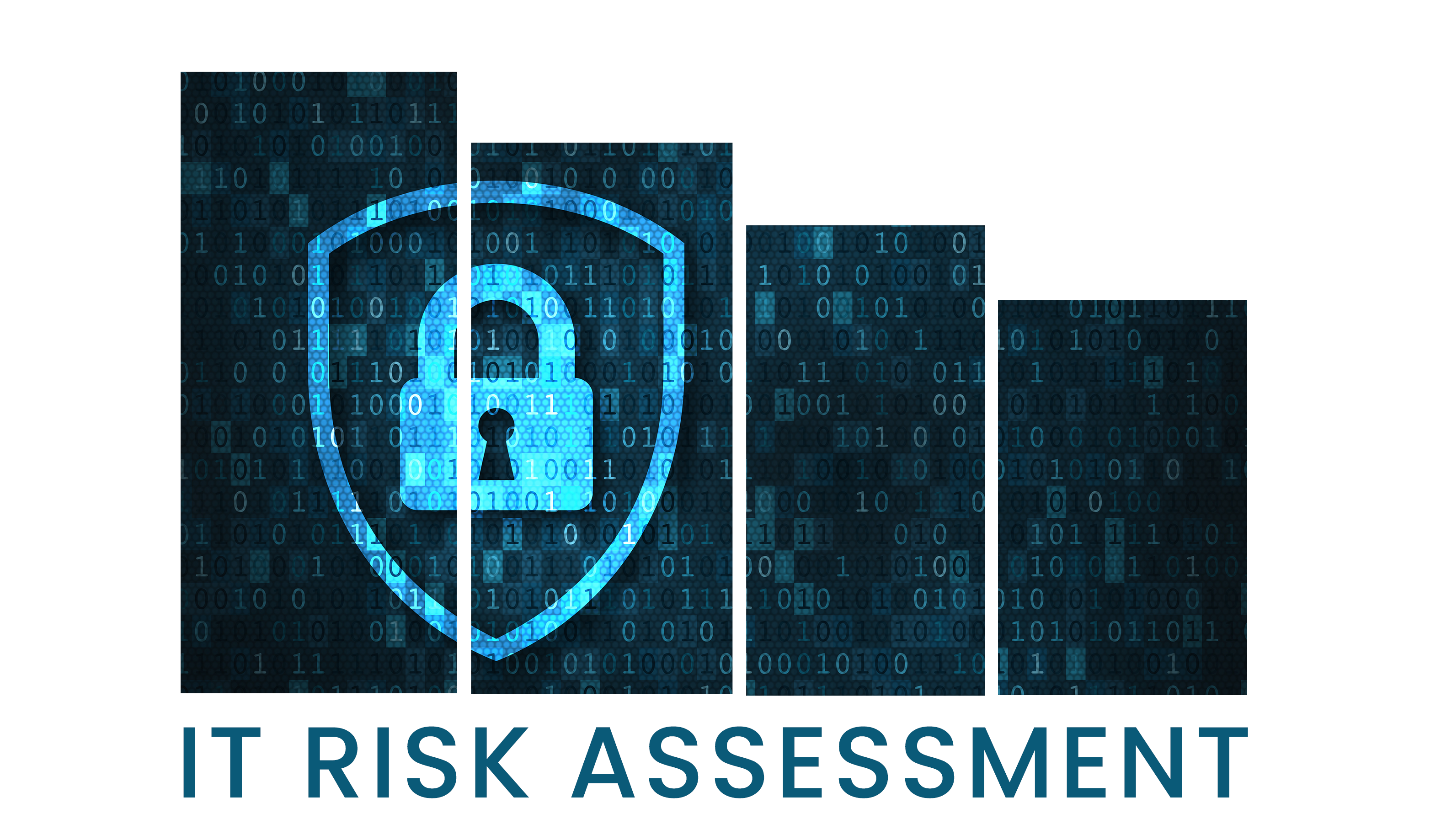1 min read
Quantitative vs Qualitative Risk Assessments
Here are the key takeaways from this blog: Qualitative vs. Quantitative Risk Assessments: Qualitative methods offer a broad, subjective view of...
![5 Steps of the Risk Management Process [2020 Update]](https://www.rivialsecurity.com/hubfs/Marketing%20Photos/Stock%20images/Double%20exposure%20of%20businessman%20hand%20working%20with%20new%20modern%20computer%20and%20business%20strategy%20as%20concept.jpeg)
On any given day, your company faces risks in its day-to-day operations. Case in point, at any moment your business’s network could be hacked, and the data of your employees, vendors, customers, etc… could be compromised as a result. Ensuring your company’s safety, and the safety of those who work with and for you requires that you not only react quickly to possible threats, but that you prepare for the off chance that a risk event could occur before it actually happens. In other words, ensuring safety means having a risk management process in place to, for lack of a better phrase, manage risks.
The 5 steps of risk management are:
(1) Identify potential risks
(2) Analyze what these risks are
(3) Evaluation and prioritization of the risks
(4) Develop a treatment plan for risks should they occur
(5) Monitor the potential risks that could threaten your company
Now that you know the steps, let’s break them down further so you can identify the best method of risk management for your business’s unique situation.
Identifying the risk is perhaps the most important step in risk management. After all, without figuring out where your company is most vulnerable, you can’t develop a good plan, rather a good defense, in the event something goes wrong.
Just as we go to a doctor for preventative care, think of the identification of potential risks as a preventative measure for your company. In the same way detecting cancer early on can save a life, the sooner you can catch something, the less likely it is to cause a terrible amount of damage. The potential risks you identify could include things like:
Take your time with this first step in risk management. As the North Carolina Association of County Commissioners says, "Failure to properly identify the exposures facing your day-to-day county operations can be disastrous. Often the exposure that is completely overlooked produces some of the most crippling financial results."
Once you have identified each risk, now it’s time to analyze them and determine the probability that a risk event will occur, and what the potential outcome of each risk event may entail. For example, in the event of a sensitive data leak, could your company be held liable for legal damages? If so, what are the financial ramifications that it would incur?
Another example would be, if a hacker managed to hack into your network, what systems would be at risk? What would the resulting losses look like to your company as a result?
Now that you have described what the potential risks are, and quantified what each risk event could cause, you need to evaluate and prioritize these risks by impact and likelihood. In other words, evaluate and prioritize them in order of the probability of one of them happening, and the severity of the potential damage.
Consider the probability levels in the following order of importance:
Now consider the impact/potential damage in the following order of severity:
The risk events that are very likely in terms of probability with an extreme level of potential damage should be given the top priority. Risk events that seem rare in terms of probability with a trivial level of potential damage should be given the least priority.
At this point you might be thinking, this is all pointless conjecture. However, the fourth step of the risk management process can be the key to saving your company in the chance that a risk event were to occur. This step will act as your plan of attack, if you will. As Eastern Kentucky University explains, “Risk treatment is also referred to as Risk Response Planning. In this step, risk mitigation strategies, preventative care, and contingency plans are created based on the assessed value of each risk.”
For example, what is the best way to contain a security breach? If your company is hacked, what will you do? By coming up with a treatment plan ahead of time, you can address any risk events that occur with a proactive rather than a reactive approach. This can save your company time and significant resources!
While contingency plans can be created, and defense mechanisms can be put in place to try and mitigate or even completely eliminate risks, the reality is no one is a fortune teller. In business, new risks are presenting themselves all the time. Just as cybercriminals are always adapting, you must adapt as well. That is why you must do your due diligence and monitor all the risks currently in your risk management process, and update them to reflect the current times. Leverage risk management software to monitor your cybersecurity program in real time with instant reports.
For best results, revisit your risk management process every six months, or at the very least every year. Again, in business, things are fluid and ever changing. As such, only the companies that are best prepared for risk events will be able to survive them when and if they occur.
Don’t wait for something to happen. Get ahead of it, and be ready just in case. To quickly recap - what are the 5 steps of risk management? Identify the risks, analyze them, evaluate and prioritize, treat the risks, and finally monitor them. If you need assistance determining how best to proceed with the risk management process for your financial institution, contact Rivial Security for an IT risk assessment.

1 min read
Here are the key takeaways from this blog: Qualitative vs. Quantitative Risk Assessments: Qualitative methods offer a broad, subjective view of...

For security leaders tasked with protecting businesses' most sensitive data, selecting the right cybersecurity company is imperative. These...

1 min read
Here are the key takeaways from this blog: IT risk assessments are foundational for financial institutions to proactively identify vulnerabilities,...